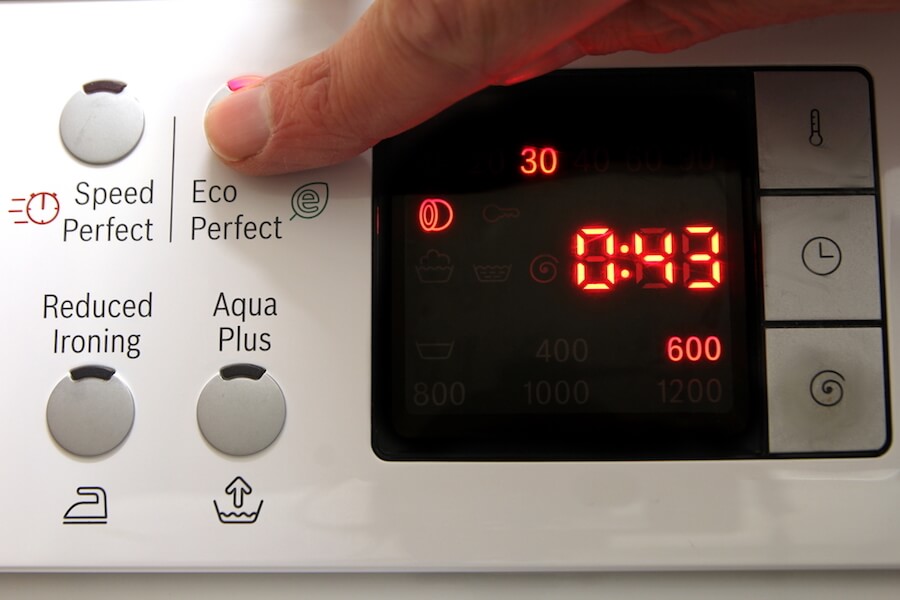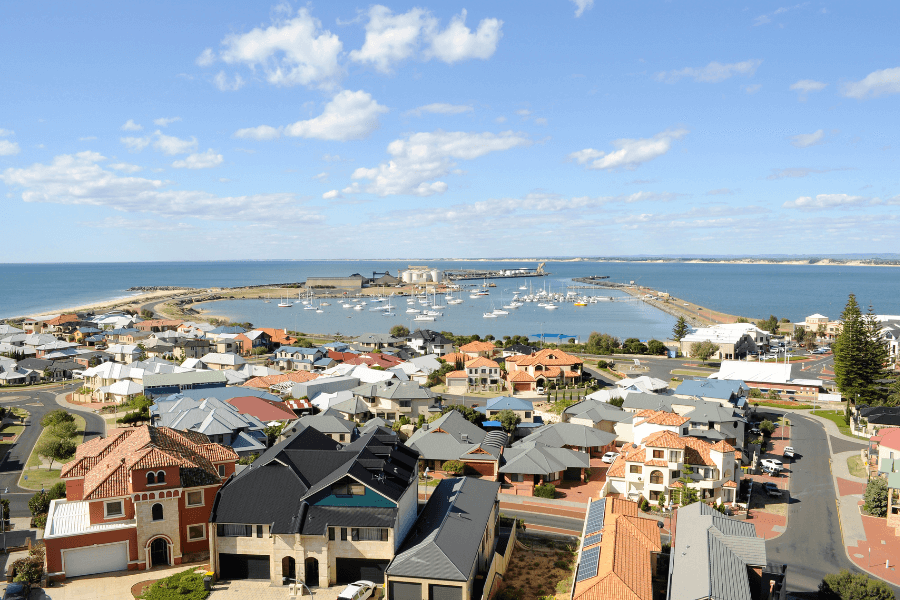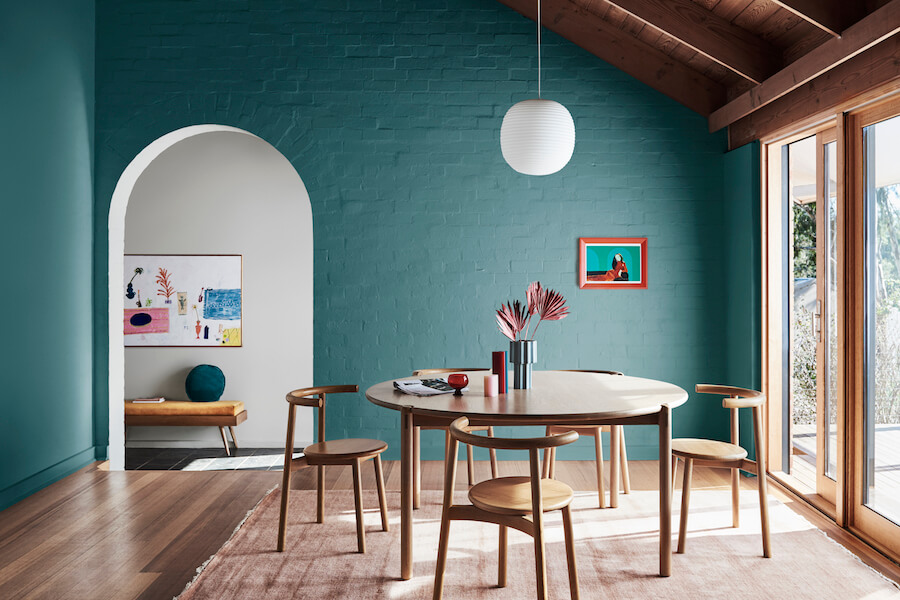With climate change and the rising cost of living a significant concern in Australian households, today’s buyers have energy efficiency and saving money on bills front of mind.
Here are four environmental upgrades you could recommend that sellers implement to make their homes appealing to environmentally mindful buyers.
1. Water efficient fixtures.
If your client is renovating their wet areas or replacing old appliances suggest that they look into water efficient products and fittings.
Australia’s Water Efficiency Labelling Standards (WELS) scheme makes it very easy to save money and help out the environment by comparing and selecting the most water efficient products to suit your needs. WELS uses an easy to understand rating methodology up to six stars. The higher the amount of stars the more energy efficient the product is.
According to waterrating.gov.au installing a standard shower head uses about 15 to 25 litres of water per minute, whereas 3 star shower heads use as little as six to seven litres a minute.
2. Insulation upgrade.
Appeal to buyers by upgrading to special energy efficient insulation. This is one of the quickest ways to improve the energy efficiency of a home and cut the homeowners cooling and heating bills by up to half (yourhome.gov.au). Good insulation helps to minimise the amount of heat entering the home on a warm day at the same time as keeping in heat on a cold one.
The amount and type of insulation buyers should use varies depending on the climate and location of the property. You can check the minimum insulation recommendations from the Australian Building Code Board here.
3. Convert to more efficient lighting.
Recommend that they switch all the lighting in their home to energy efficient light bulbs, such as compact fluorescent lamps (CFLs), light emitting diodes (LEDs) and fluorescent lights.
According to YourEnergySavings.gov.au lighting consumes between eight to 15 per cent of the average Australian household electricity budget. Most homes could reduce the amount of energy they use on lighting by 50 per cent or higher by switching to more energy efficient technologies.
4. Window coverings.
Another way to insulate a home and make it more energy efficient is to have windows and doors double glazed. Double glazing helps to reduce the loss of heat in winter, and in summer minimises heat from entering the home.
Other less expensive ways to improve energy efficiency of windows in a home is to add window films or tints, fitting black out blinds or shutters.
Be sure to include these eco-friendly features in your listing and advertisements to highlight the new energy efficient improvements that will save the future owners money and energy.







Really interesting to hear about your experiences Ian. Thanks for the comment.